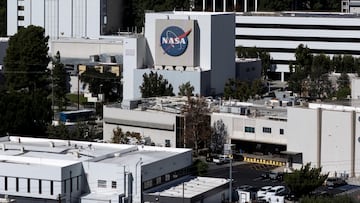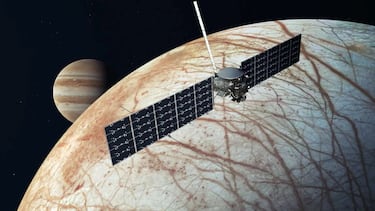Sean Duffy: “We are going to beat the Chinese to the moon.” A former NASA consultant disagrees
Acting NASA administrator Sean Duffy responded in a recent Senate hearing “I’ll be damned if that is the story that we write. We are going to beat the Chinese to the moon.”

Concerns that China could beat NASA to landing astronauts back on the Moon are driven by China’s rapid, focused progress in its space program compared to delays, funding uncertainty, and reliance on new, unproven technology in NASA’s Artemis program.
China’s space program benefits from consistent, long-term government support and funding, which allows for a steady, focused progression toward its goals.
China has publicly stated its goal to land astronauts on the Moon by 2030 and is hitting key robotic milestones on schedule, including successfully returning lunar samples and operating on the far side of the Moon.

Experts point to China’s “consistent uniformity and clarity of purpose” as a major advantage, ensuring that resources and development remain aligned with the lunar mission architecture.
NASA delays
NASA’s Artemis program, which aims for a crewed lunar landing (Artemis III) no earlier than mid-2027, faces several significant hurdles that have caused repeated delays:
Artemis III’s success hinges on the development of a lunar lander variant of SpaceX’s Starship, which is a massive, complex vehicle. Technical setbacks, including the need for on-orbit propellant transfer (refueling) to reach the Moon, introduce significant risk and potential for further delays.
Watch Starship's eleventh flight test → https://t.co/YmvmGZTV8o
— SpaceX (@SpaceX) September 29, 2025
https://t.co/zIRMX5mh9K
NASA’s programs are often subject to budget cuts and shifts in focus with changes in U.S. presidential administrations, creating funding uncertainty and disrupting momentum.
Delays have also been attributed to issues with other critical hardware, such as the Orion spacecraft’s heat shield and the next-generation spacesuits.
Our astronaut candidates are about to begin two years of training. Come join the journey!
— NASA (@NASA) September 26, 2025
Follow @astro_benbailey, @astro_fuhrmann, @astro_camjones, @astro_lawler and @AstroAnnaMenon here on X: https://t.co/QWNvMKffNW
Check out our other social accounts: https://t.co/ntewbhK186 pic.twitter.com/aKdvj4qwDI
The new “Space Race”
The nation that first establishes a sustainable presence on the lunar surface is positioned to set norms, governance, and potentially control access to key lunar resources, such as water ice at the South Pole.
A victory for China could lead to a “global realignment” as international partners, including those currently aligned with the U.S., might be drawn toward Chinese space partnerships and its Tiangong space station.
Space leadership translates to advantages in national security, trade, and overall global influence, with the Moon viewed as a strategic stepping stone for future deep space exploration, including Mars.
Related stories
Get your game on! Whether you’re into NFL touchdowns, NBA buzzer-beaters, world-class soccer goals, or MLB home runs, our app has it all.
Dive into live coverage, expert insights, breaking news, exclusive videos, and more – plus, stay updated on the latest in current affairs and entertainment. Download now for all-access coverage, right at your fingertips – anytime, anywhere.


Complete your personal details to comment